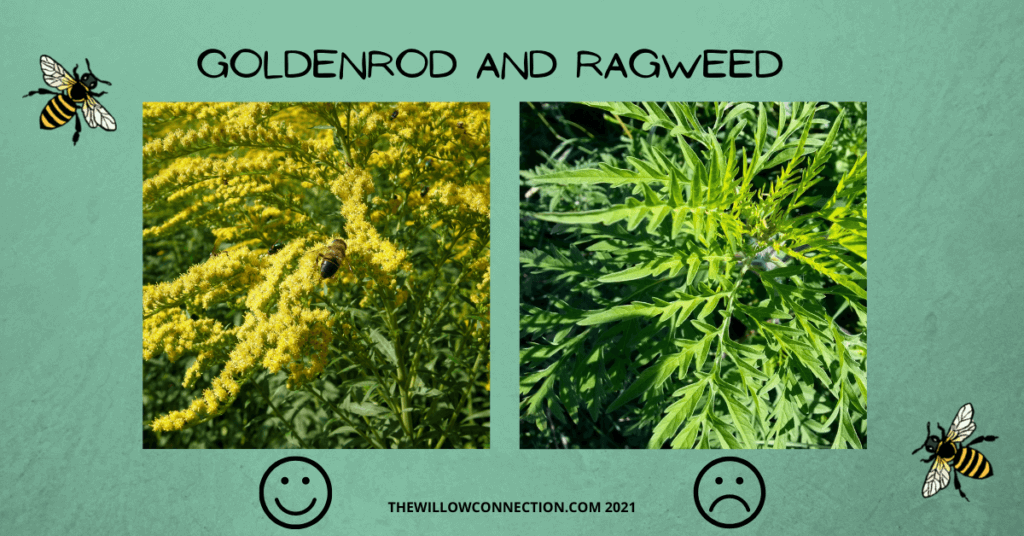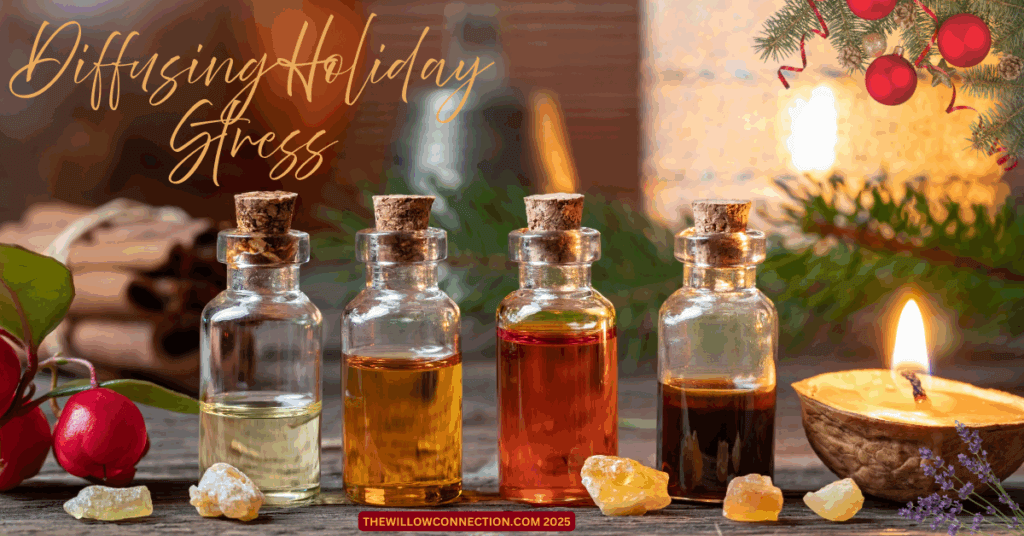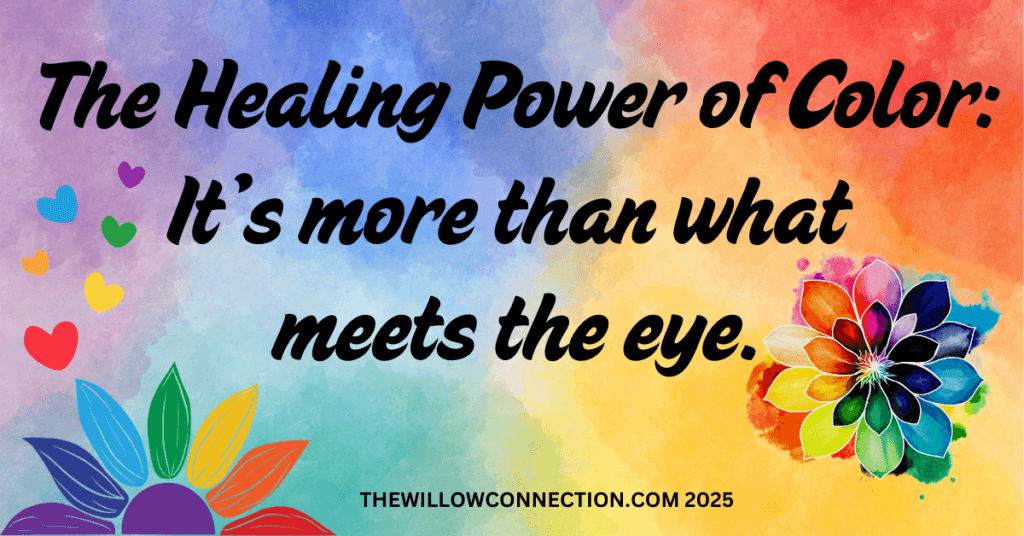Goldenrod vs. Ragweed
Late summer into early fall may be beautiful but for others it means the onset of seasonal allergies. Just about everywhere you turn this time of year, goldenrod is there in its glory. I happen to love it because it’s lacy-like and yellow. However, goldenrod has gotten a bad rap over time because its dominating appearance in yards and roadsides suggest that it’s the culprit for making some people miserable with itchy, watery eyes, sneezing, congestion, and a runny nose. But what if I told you that goldenrod may not be your problem? There is another plant called ragweed that is also prevalent this time of year and is quite likely the cause of your discomfort. But why and how?
We tend to be visual creatures, which is why we assume those pretty blossoms must be causing our reactions. However, those pretty, little blossoms are designed to attract pollinators such as bees and butterflies. The pollen that is making you miserable doesn’t require such pollinators because it relies on the wind to carry out that function. Therefore, when pollen from trees and plants is carried by the wind, it has easier access into our eyes, nose, and mouth.
Identification is Simple
Goldenrod and ragweed both blossom approximately at the same time during late summer into early fall. Although they really don’t look alike side by side, they are often mistaken for each other. Both plants are from the Asteraceae family. Plants such as daisies, sunflowers, marigolds, chrysanthemums, chamomile, chicory, and dandelions also belong to this family. The easiest way to identify goldenrod is by looking at the flower. Goldenrod has showy yellow blossoms while ragweed has smaller green blossoms that are difficult to see. Goldenrod is a perennial and ragweed is an annual. Ragweed doesn’t contain nectar, so it relies on the wind to disperse its pollen making it an airborne irritant to allergy sufferers. Unfortunately, goldenrod has gotten a bad reputation based on misinformation. It happens but now you know. While it is unlikely that goldenrod is responsible for your allergy woes, it is still possible. I do know of one person who is genuinely allergic to goldenrod along with dandelions. It is important to consult with your doctor if you aren’t sure.
Goldenrod Tea to the Rescue
On the bright side, goldenrod is used by herbalists to alleviate symptoms of upper respiratory discomfort because it has astringent and anti-inflammatory properties. Goldenrod can be prepared as a tincture or a tea. Tinctures take time but a cup of tea does not!
Goldenrod Tea
8 ounces of boiling water
One sprig of fresh goldenrod, flowers and leaves
A few mint leaves of your choice
Steep goldenrod and mint in hot water and enjoy!
*As with any other plant or herb, it is important to consult your doctor before ingesting especially if you are taking other medication.





